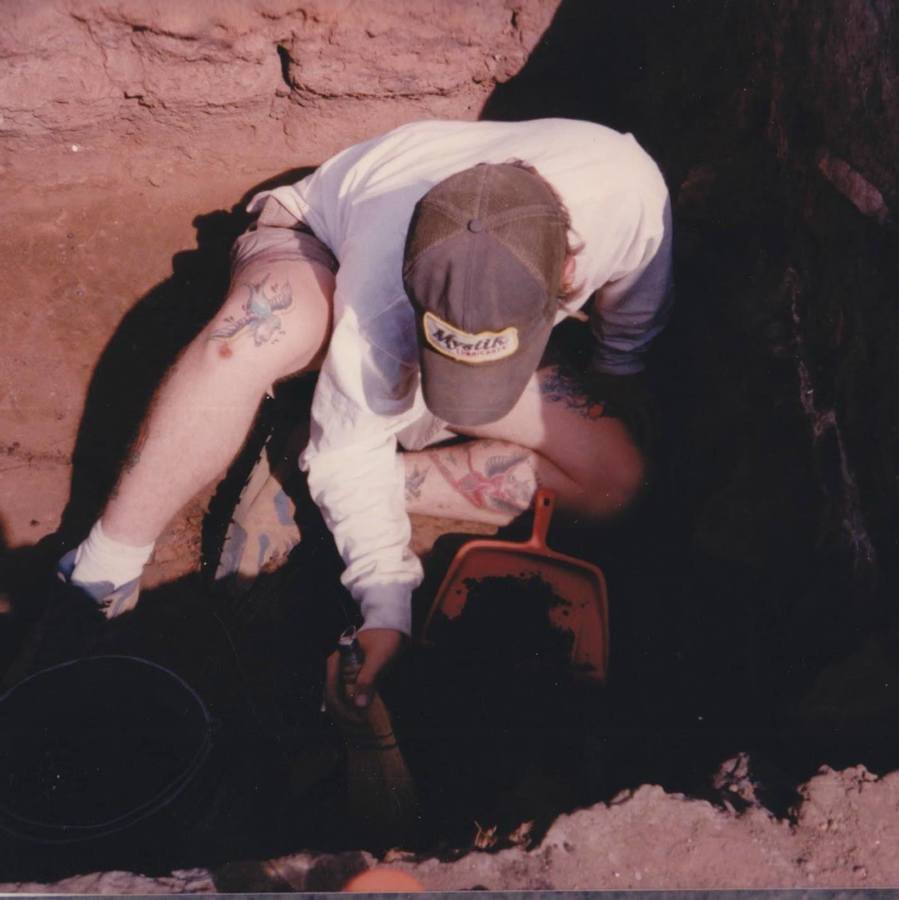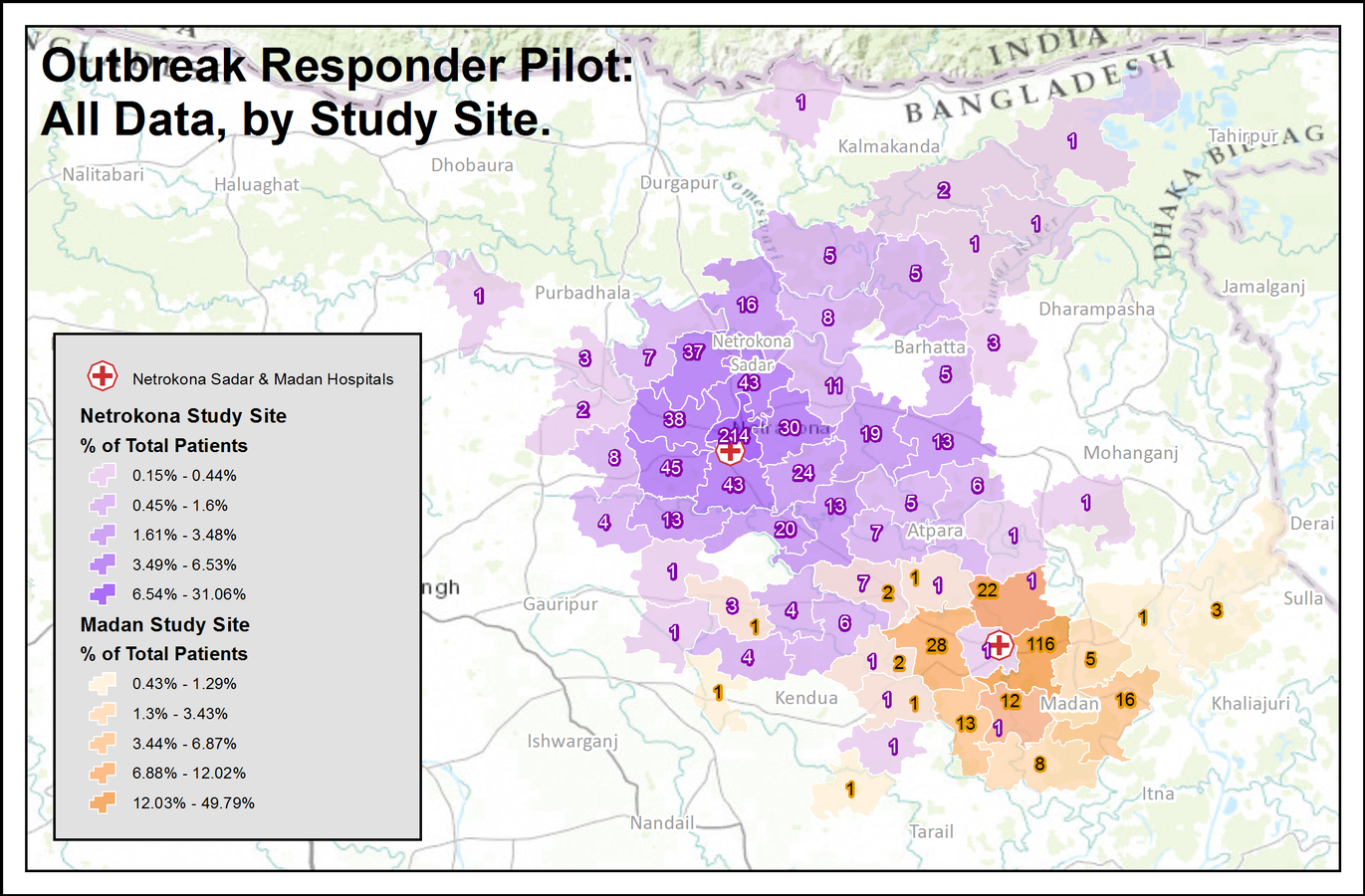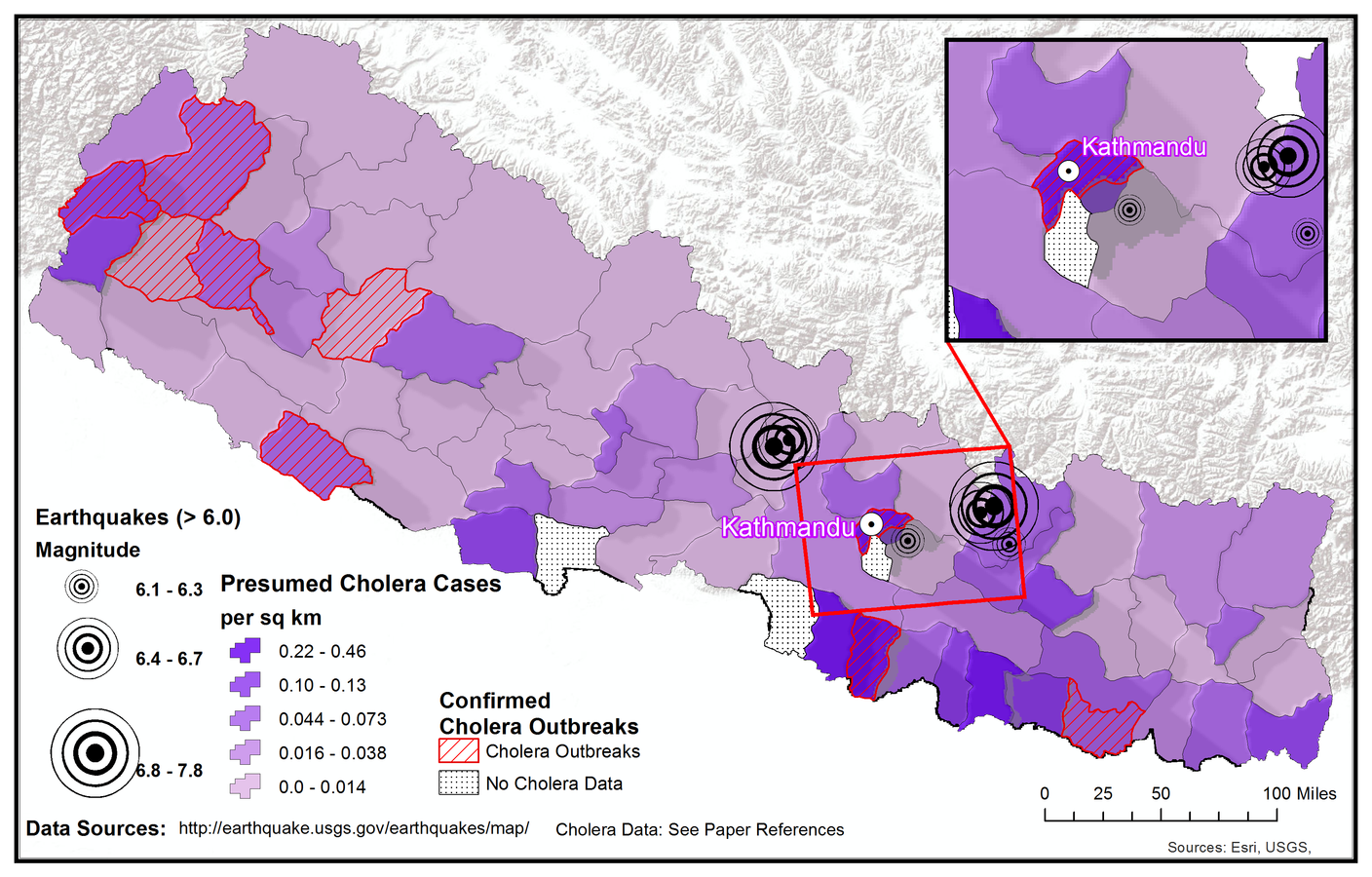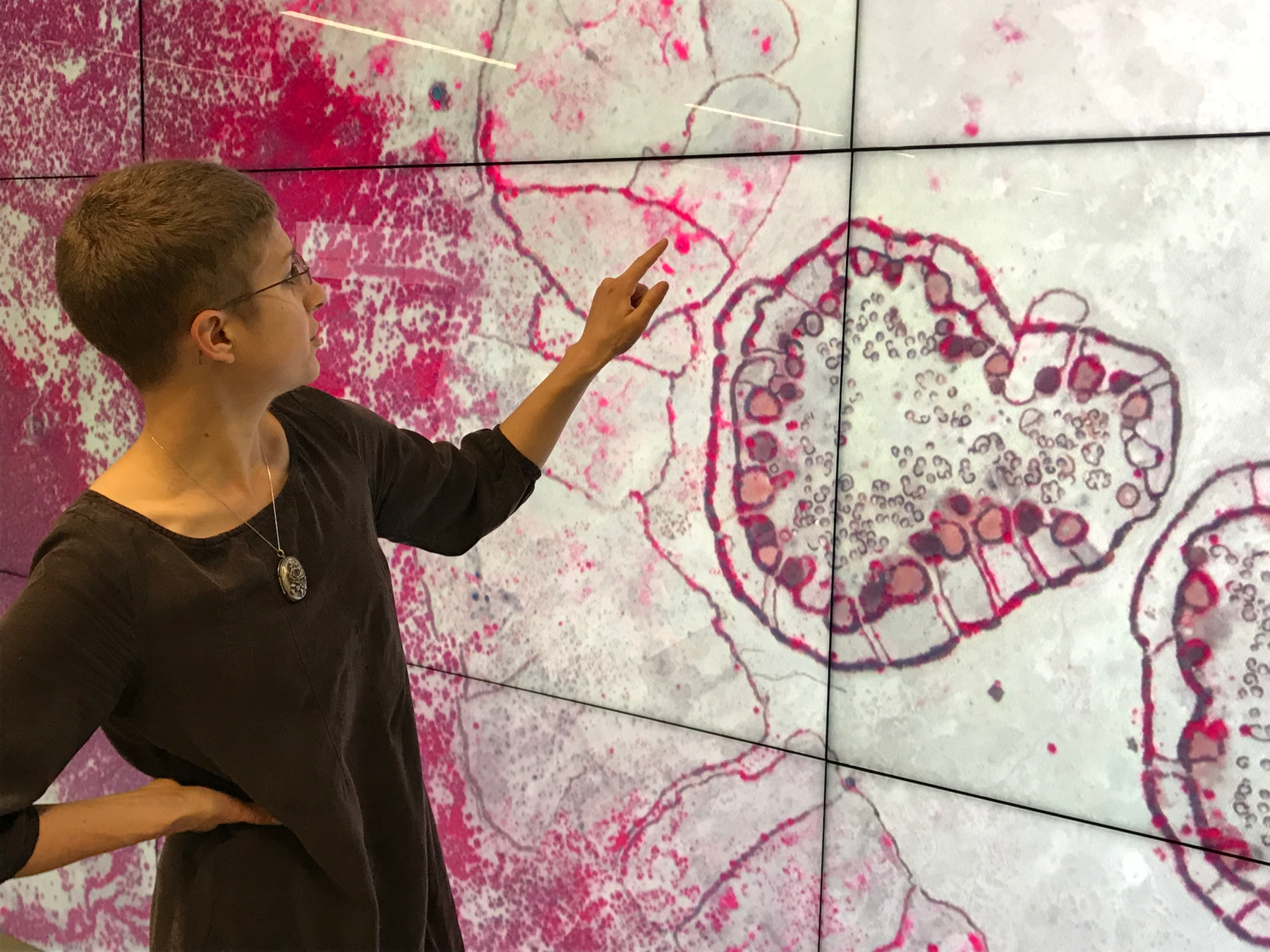Fundamentals of Geographic Information Science (GISci) (EARTHSYS-144)
Week 1: Logistics and Welcome!
where is your data? gis.stanford.edu


Instructors:
Stace Maples (maples@stanford.edu)
Slack: mapninja
Rebecca Leah Spencer (rlspence@stanford.edu)
Slack: Rebecca Spencer
Mitchell Davis Zimmerman (mitchz@stanford.edu)
Slack: mitchz
Luke Robert Verchick Molbak (lmolbak@stanford.edu)
Slack: lmolbak













We have an anonymous feedback form, too!
Use this for any issues you want to bring to our attention!
slack


Exams & Assessment
Midterm
Final
Grading
Lab exercises 50%
Midterm exam 20%
Final exam 20%
Mini-project 10%
Textbooks:
Required: Bolstad, Paul. GIS Fundamentals: A First Text on Geographic Information Systems. Sixth Edition
Highly Suggested: Tomlin, C. Dana. GIS and Cartographic Modeling. 2013


Required: Bolstad, Paul. GIS Fundamentals: A First Text on Geographic Information Systems. Sixth Edition


Highly Suggested: Tomlin, C. Dana. GIS and Cartographic Modeling. 2013
Technology Requirements
This course is about using technology in research, and so will require some basic computer access.
At a minimum, students will need
- Access to the internet
- A laptop or desktop computer capable of running a modern web browser
- A mobile-phone for the Field Data Collection Lab assignments.
Software and data will be provided, and Stanford-provided storage (Google Drive, box.com (Links to an external site.), etc…) should be sufficient for all labs and projects.
Waldo Tobler's 1st Law of Geography
"everything is related to everything else, but near things are more related than distant things."
Stace's 1st Law of Geography
Everything is somewhere, and that somewhere matters."
Learning Objectives
The goal of this course is to provide students with hands-on experience in using the latest geospatial methodologies, and to establish the foundation for students to use “spatial thinking” and spatial technologies to enhance their future research and work.
Be this...


not this...
Methods of Instruction
In-person lecture & demonstration, weekly in-person computer labs, mini-project, in-class collaboration, discussion and guest speakers.
Fundamentals of Geographic Information Science (GISci) (EARTHSYS-144)
Week 1 - Wednesday: Logistics!
where is your data? gis.stanford.edu


Office(less) Hours:
These will be combined with Lab sessions, and 3 sessions, scheduled based on feedback from the doodle poll, so if you haven't...
PLEASE COMPLETE THAT POLL FOR US NOW!!

Labs:
-
If you are assigned to a lab section, you do not have to re-enroll on axess to reflect the section you are in - but please attend the assigned lab section
Those unable to attend the scheduled labs will be assigned a TA of first contact, and can ALWAYS make an appointment with Stace for help
Lectures:
Monday & Wednesday, 1:30-2:50pm 200-205
Labs:
Have been assigned based upon the Doodle Poll
- Attendance is highly encouraged.
-
Lab meetings will provide
- Review previous week's Lab Assignment
- live overview of this week's Lab Assignment
- Highlighting skills required to complete
- Q&A Opportunities
- The labs are essential for integrating theory from lecture with hands-on experience.
- Labs are assigned each week in the lab session and due the following week.
- All labs must be uploaded to the Canvas class website by the deadline specified in class.
- For most lab assignments, students should plan on working two to three hours.
Remember to always contact the instructor or TA before, or if, you miss anything.
Final Mini-Project
- Begin with no more than 2 datasets (derive as many as you need from these to complete your task)
- This project should be your expression of your research interests and the application of geospatial technologies to those interests.
- Use StoryMaps to present your final project
- Creative expression is highly encouraged!
- Analyze "how many" or "how much" of something, within some meaningful boundary (census tract, protected area, etc...)
- "Georeference" a set of paper source maps and create an historic dataset that does not currently exist (hopefully because you need it!)
- Collect spatial data in the field (Campus, your research site, your favorite neighborhood, wherever...) on something (graffiti, particular advertising, dental picks, street art, etc...)
- Contribute to an www.hotosm.org Humanitarian OpenStreetMap task, extract your contributions, and make a map of them!
- Make a piece of art with spatial data!
- Write a tutorial, using data from Stanford Campus, or some other area you care about!
Final Mini-Project
Final Mini-Project
- Project proposal – (max 1 page, or 500 words) - due Week 4:
- Final report (max 2 pages, or ~1000 words, excluding maps & figures) – due Final Day of Classes
- Suggest using Esri Storymaps for deliverable.
Kickoff Event
Friday, April 5, 2024
Green Library, East Wing
9:00am - 12:00pm: Spatial Data Bootcamp (ICC Classroom)
2pm - 3pm: Kickoff and Keynote Address (Hohbach Hall)
registrations for the Bootcamp & Hackathon at:


This Spatial Data Bootcamp event kicks off the Spring 2024 Quarter of CEE 165H: Big Earth Hackathon Wildland Fire Challenge (CEE 265H).
This session will include basic introductions to:
- Spatial Data with QGIS - An introduction to spatial data models and formats, with the open-source GIS Desktop, QGIS. Get the latest version for Mac/Windows/Linux at QGIS.org!
- Intro to Google Earth Engine - Learn to access and use Google Earth Engine, 600+ Earth observation datasets with the power of Google Cloud Platform for processing and analysis.
- Intro to Planet.com - Accessing and analyzing Planet.com's multispectral daily image of the Earth.

Breathe Deep
This is going to be fun

Fundamentals of Geographic Information Science (GISci) (EARTHSYS-144)
Week 2 - Monday: Logistics!
where is your data? gis.stanford.edu


Lab Hours
- Section 1: Tuesdays, 12:00-2:50PM, Mitchell A65
- Section 2: Thursdays, 12:00-2:50PM, Mitchell A65
- Section 3: Fridays, 1:30 - 4:20PM, Mitchell A65
Office Hours
- Rebecca: Tuesdays, 10:00-11:30AM, [Old Union 1st Floor, starting Week 2]
- Mitchell: Tuesdays, 3:00 - 4:30 PM, [location TBD]
- Luke: Wednesdays, 3:00 - 4:30 PM, [Geo Corner]
Fundamentals of Geographic Information Science (GISci) (EARTHSYS-144)
Week 2 - Wednesday: Logistics!
where is your data? gis.stanford.edu


Let's talk about this Final Project Proposal
What your proposal should include:
- Spatial Question or Project Idea
- Bibliography of any published work you are referencing
- Brief description of the way you might answer your question
- Data Sources that you have identified as useful and type (digital, scanned maps, tabular, etc...)
- Software or platform you are interested in using
- What will the final product be (web map, datasets, print maps, etc...)
1 page, or 500 words!
Places to get ideas:
- Your other classes! Double-up!
- Your thesis, paper, current research, etc...
- A need in your community that can be addresses with spatial data
- Write a tutorial!
- Esri Map Book
- learn.arcgis.com - use one of these workflows for a place you are interested in (bonus for converting to a QGIS or GEE workflow!)
The most important component of your project is that you bring YOUR interest to it!
Earthsys144: 2024 - Course Logistics (Cumulative)
By Stace Maples
Earthsys144: 2024 - Course Logistics (Cumulative)
- 524



